VIRTUAL REALITY (VR)
Virtual reality game
A video game played with virtual reality (VR) equipment is referred to as a virtual reality game or VR game. The majority of virtual reality (VR) games focus on player immersion, generally using a headset or head-mounted display device and one or more controllers. To mimic a 3D environment, the headset generally places two stereoscopic displays in front of the user's eyes.
Early VR experiments were undertaken in the 1980s by the video game industry, most notably with Mattel's Power Glove and Nintendo's Virtual Boy. Following the release of the Oculus Rift, the first consumer-ready VR device, in 2013, VR games quickly followed, including both new games created specifically for VR and current games modified for the VR technology. Half-Life: Alyx, a complete VR game created by Valve, was seen as the killer application for VR gaming, even if VR technology and games only saw modest growth for the rest of the 2010s.
older VR games (1980s-2000s).
Ivan Sutherland and his student Bob Sproull began investigating virtual reality (VR) hardware and software as early as 1968, but much of the technology was prohibitively expensive for general usage and had very limited application in video games. It is the first head-mounted virtual reality display to be linked to a computer. Former Atari, Inc. programmers Jaron Lanier and Thomas G. Zimmerman started making hardware under the moniker VPL Research in the late 1980s. Lanier came up with the term "virtual reality" for their creations. ([1] The VPL DataGlove, a glove that detected human finger movement and converted it into computer input, was one of VPL's products. The concept prompted AGE engineers to collaborate with Mattel and Nintendo to develop.
The concept drove engineers at Abrams/Gentile Entertainment (AGE) to collaborate with Mattel and Nintendo to create a low-cost DataGlove that would work with the Nintendo Entertainment System (NES), omitting many of the DataGlove's technical intricacies and movement sensitivity in order to keep the cost of the device reasonable for consumers. In 1989, The Power Glove was introduced. Super Glove Ball and Bad Street Brawler were created expressly for the Power Glove, but other NES games could be played with it by mapping its output to different controllers. Before Mattel stopped making the Power Glove in 1990, almost a million of them were sold. Because it was less expensive than the DataGlove and other comparable gloves, academics purchased the device for personal use.
Academics purchased the device for their own study since it was less expensive than the DataGlove and other comparable gloves.
After the 1992 movie Lawnmower Man, which helped popularize the concept of VR headgear with the general public, interest in VR expanded in the 1990s. Reflection Technology, Inc. (RTI) was creating the Private Eye, a head-mounted, stereoscopic head-tracking device with LED displays. One of the applications they tried has a tank game in it. RTI licensed the technology to Nintendo in order to raise money for a wider manufacturing, and under Gunpei Yokoi, Nintendo created the Virtual Boy, which was introduced in 1995. The Red LED displays were utilized instead of full-color ones by the Virtual Boy since they were the most affordable to create and needed to be affixed to a stand in order to be used, as opposed to being head-mounted. As a result, using the device was uncomfortable due to eye strain while gazing at the viewer.
As a result, using the device was uncomfortable due to the pressure on the eyes caused by the red LEDs and peering into the viewer. The Virtual Boy, which had just 22 titles published for it, was seen as one of Nintendo's commercial flops. Early in the 1990s, Sega created a low-cost VR system called the Sega VR for its arcade games and home consoles. The device never made it past the prototype stage, but Sega did integrate some of its head-tracking technology into their arcade cabinets.
The Cave automated virtual environment was one of the VR systems created in the 1990s without head-mounted gear (CAVE). A tracking sensor system was used in CAVE systems to match the pictures on the walls to the player's direction of gaze. CAVE systems generally include at least three walls around the human player and several flat-screen monitors. Early uses of the CAVE system used game-based demonstrations, but even into the 2010s, the expense was a barrier to commercial implementation.
Around this period in the 1990s, significant advancements in real-time 3D graphics had been made in computer, console, and arcade games. Since more inexpensive consumer technologies continued to advance, arcade games started to decrease as they were unable to compete with these advancements. Instead, producers of arcade games concentrated on providing experiences that were difficult to duplicate at home, which included the development of VR-based arcade games. For instance, beginning in the early 1990s, the Virtuality Group released its Virtuality series of arcade games, which frequently featured VR headgear with head-tracking and other capabilities. However, maintaining support for these machines was challenging due to their high cost and maintenance requirements.
Through the 2000s, there was still a lot of academic interest in investigating how VR, along with augmented reality and other mixed reality systems, could improve video games. However, because VR hardware costs were still high, these games were primarily developed as research proof-of-concepts to show how VR hardware, software, and human motion interact.
Introduction of consumer-ready hardware (2010s–present)
Low-cost, consumer-grade VR gear started to show up in the 2010s after decades of attempts following its inception. The Oculus Rift was introduced in 2016 and is regarded as the first consumer-grade VR headset. Palmer Luckey created the device, which was initially unveiled in 2013 as a low-cost VR solution for video games. [10] John Carmack from id Software assisted Luckey in testing by helping to create a VR adaptation of Doom 3 for the Oculus. While this contributed to the Oculus' successful demonstration and Facebook's acquisition of it in 2014 for $2 billion [11], it also prompted ZeniMax Media, the parent company of id, to file a lawsuit against Oculus for allegedly violating Carmack's rights to his intellectual property. The dispute was resolved outside of court 9 games were.
There were nine games available at launch, and Oculus has partnered with other companies to offer additional titles once it went on sale.
Other VR advancements followed the Oculus Rift unveiling. Both of these devices, the PlayStation VR system for the PlayStation 4 and the HTC Vive built by Valve in collaboration with HTC, were made available in 2016. Later, Valve created their own headset independent of HTC, the Valve Index, which was made available in 2019.
Mobile device-compatible headsets have also been made available. These use the mobile devices to provide the stereoscopic display, certain positioning capabilities, and other VR tracking features that are built into the extra hardware. In 2014, Google released Google Cardboard, a low-cost cardboard headgear kit designed for usage with Android phones. When assembled, the headset provides the required visual area to facilitate stereoscopic viewing on the phone's display. In order to complement its Samsung Galaxy devices, Samsung introduced the Gear VR in 2015 in collaboration with Oculus; services for the Gear VR were discontinued in 2020. As part of its Labo line of toys-come-to-life cardboard goods, Nintendo announced the Nintendo Labo VR Kit in 2019. Several titles for the Nintendo Switch have Labo VR compatibility, including the 2017.
Several Nintendo Switch games, including the 2017 titles Super Mario Odyssey and The Legend of Zelda: Breath of the Wild, offer Labo VR capability.
Despite the availability of inexpensive VR gear, the technology had yet to catch on in video games by 2018, contrary to what was anticipated when the Oculus Rift was unveiled. This was ascribed to the absence of a "killer app," or a game that would compel users to purchase the necessary gear. Superhot VR and Beat Saber are two examples of games from tiny studios that were deemed popular, although triple-A firms had not entered the market. Although sales of VR gear had been rising consistently since 2016, they had only reached 10 million units by 2018, and there were indications that manufacturers were beginning to scale down their efforts.
According to several media reports, Half-Life: Alyx, created by Valve and published in March 2020, was the first "killer app" VR game. Alyx incorporates several cutting-edge control methods to get around the motion sickness issues of earlier VR games, such as the independent game Boneworks from 2019. A week after Alyx made the announcement, Valve ran out of Index units and started soliciting pre-orders, promising to deliver them before the game's launch. Sales of other VR equipment, such as the Oculus, rose before the launch of Alyx.
Hardware
Virtual reality games, as they are usually understood, almost always require the usage of a VR headgear that offers stereoscopic displays that imitate three-dimensional reality and heighten player immersion. The majority of headsets have some form of positional tracking that enables head-tracking, or the ability to determine which way a player is looking, either through sensors incorporated into the device or by external sensors or cameras positioned at the edges of the play area. Additionally, some headsets include eye tracking.
A headset may be equipped with speakers or headphones for the player that provide 3D audio effects, or surround sound speaker systems may be utilized to offer immersive audio.
Additionally, some player involvement is necessary. One or more gaming controllers are most frequently used to provide this. A controller may be sophisticated hardware with positional tracking or it may be as basic as a keyboard and mouse (KBM) or a typical gaming controller. The player will often have two controllers, one for each hand, for specialist VR technology. Additionally, the user may receive haptic feedback from these controllers.
Controls
To fully utilize the degree of realism provided by the headgear, nearly all VR games are played from a first-person perspective. The game responds to player input, including head, hand, and body movements, as well as any controller buttons or triggers that are pressed. Most frequently, the player's view of the game's environment will track with how they move their hand, and they will be shown virtual hands to help them interact with the environment. VR will translate the player's motions one-to-one with the virtual appendages, making this type of interaction possible. Traditional controls like the KBM or conventional console controller can be used to operate games, but these interfaces reduce the amount of immersion. Alternatively, more specialized controllers are usually made to match a certain game instead.
Even while regular controls like the KBM or standard console controller may be used to play games, doing so breaks the immersion. Instead, players should use more specialized controllers, which are often made to fit comfortably in their hands.
In contrast to the typical free look or mouselook supplied by the classic KBM or standard controller, VR offers numerous new control techniques that allow players to modify their in-game avatar through the game world and the direction they are looking. Movement and aim may be linked or uncoupled between the headset and the controllers, with the headset often managing movement direction and the controller typically controlling aim.
Some VR systems, like the HTC Vive and Oculus, include room scale tracking, which takes into account not just the player's actions but also their physical location inside a space as well as the placement of their body. As part of the VR experience, this enables the player to move about the scene. Since not all VR systems can handle it and not all players have enough space to roam about, games typically make this an optional experience. Games like Job Simulator and Rec Room are examples of those that allow room-size monitoring. Other movement strategies have been created when room size is unavailable and character movement is necessary. When required, the game may automatically shift a player.
When necessary, the game may automatically move the player, the player may need to look at a target area and indicate through a control scheme that they want to move their character there, or the player may want to utilize more conventional controls, such as an analog stick or keyboard inputs.
Design considerations
VR games are made to improve presence and immersion, two psychological effects that cannot easily be achieved with conventional "flat screen" games played on a computer monitor or television. "Presence is the psychological effect that one is actually interacting with the virtual world outside of their physical bodies.
Up until the 2010s, the total system latency between a player's actions and the input they saw on the headset served as a limiting barrier for VR games. The latency needs to be as low as feasible in order for the player to see feedback that is as near to real-time as possible to their actions for VR to be felt as an immersive experience. Two key elements of VR systems have been the source of technological difficulties. The ability of computer technology to produce images quickly enough to update 3D displays at a sufficient frame rate is one such area. Immersion is broken by frame rates of 20 Hz or below, which seem to most users like a collection of discrete pictures rather than a continuous video stream. [39] This computing power could only be given in a reasonable manner in the late 1990s.
[39] In the late 1990s, high-performance workstations made by Silicon Graphics and Sun Microsystems were the only ones capable of providing sufficient computing power. Since then, advances in graphics processor technology and game engines with optimized rendering algorithms have enabled consumer-grade hardware to produce 3D visuals at speeds of up to 60 frames per second at resolutions suitable for virtual reality (VR) applications.
The time it takes to turn tracking sensor data into feedback that is used in the game is the second bottleneck. The conversion of all tracking sensor data into useful feedback for the user required some time in earlier VR systems, but it did so over a longer period of time than it did for conventional inputs and the display feedback cycle. Since then, sensor technology has advanced, as have the software libraries used to register motions. VR games may now also use additional techniques, including a player's movement being partially predicted, to bring sensory input to the same frame rate as graphics. Both problems add up to the total factor of feedback loop synchronization. If a player's activity isn't acknowledged by the game right away, even if
The feeling of immersion is further damaged if the game takes more than 25 milliseconds to react to a player's activity. While the VR technology of the 2010s has mostly fixed the latency issues, these considerations still need to be taken into account while developing VR games.
Other VR games
"Virtual reality" in its current sense is commonly understood to provide immersion and presence with the player by providing a new visual stimulus (for example, with a VR headset) that blocks out the real world view. With this description, VR is distinguished from augmented reality, in which extra visual data is superimposed on the perspective of the real world. Virtual reality may be broadly defined as any application that substitutes a virtual sensation for one or more of the five human senses. Therefore, any game that uses a different control method than a standard game controller or keyboard and mouse system might be categorized as a virtual reality game, as a different control method takes the role of the traditional controllers' tactile feel. These include games that have
Games like Dance Dance Revolution and Guitar Hero that use alternative peripherals fall under this category, as do many Wii-based games that use motion controls. However, the term "virtual reality" as it relates to these kinds of games has fallen out of favor with the development of VR gear in the 2010s.
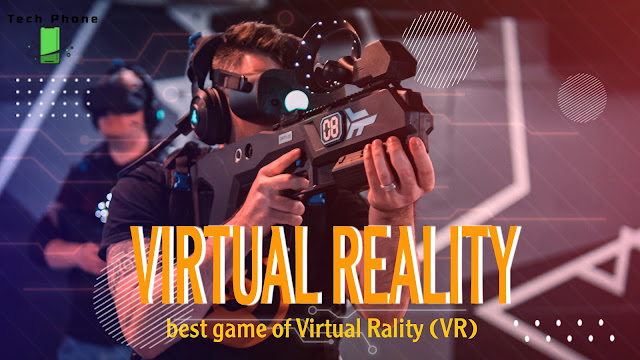
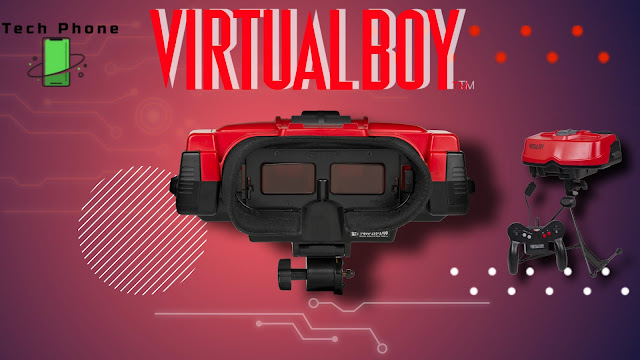
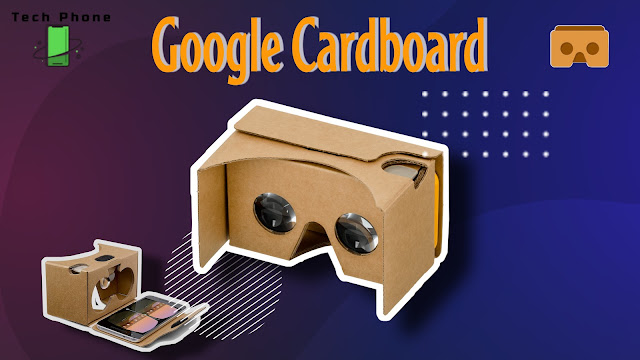
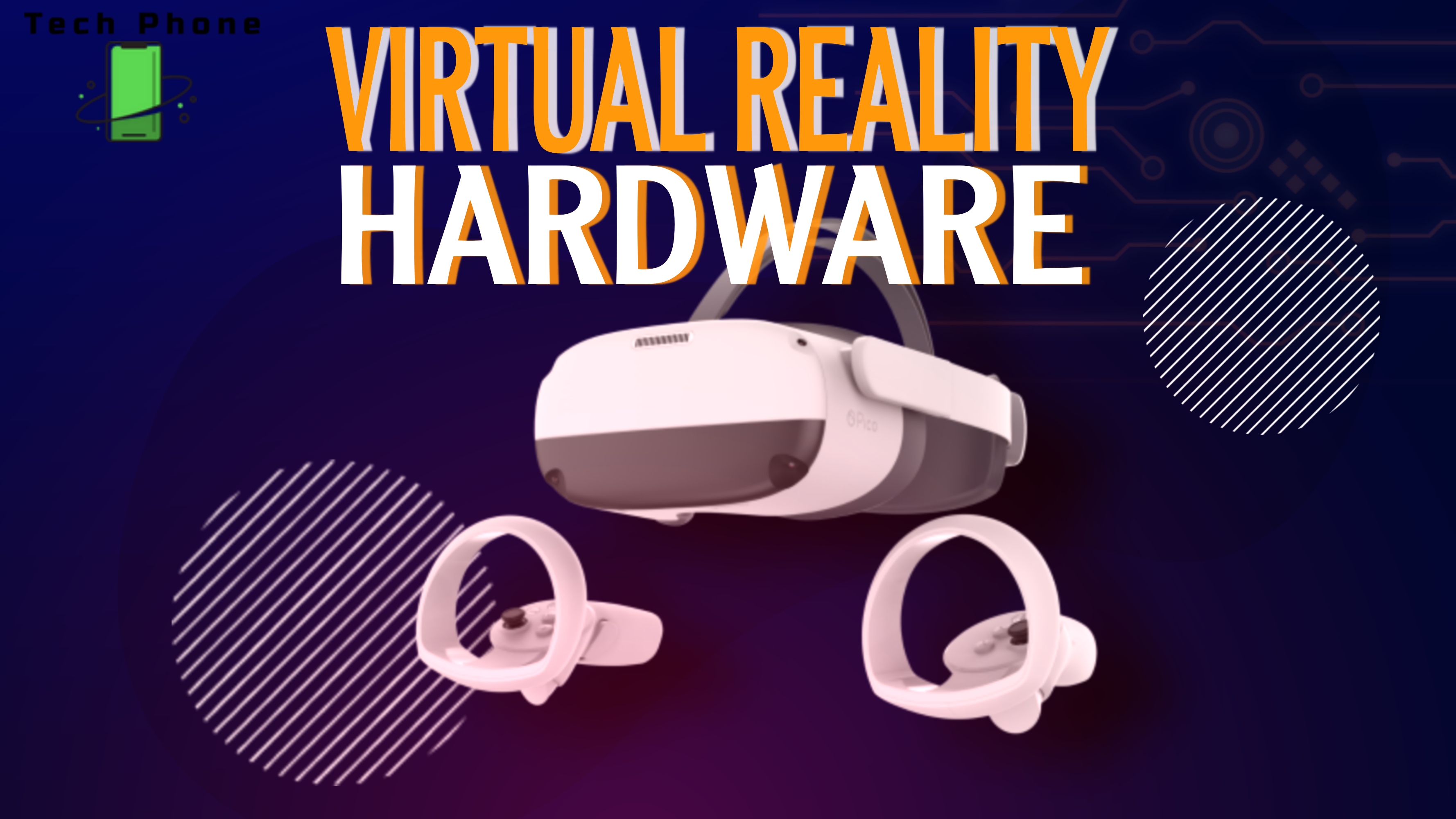
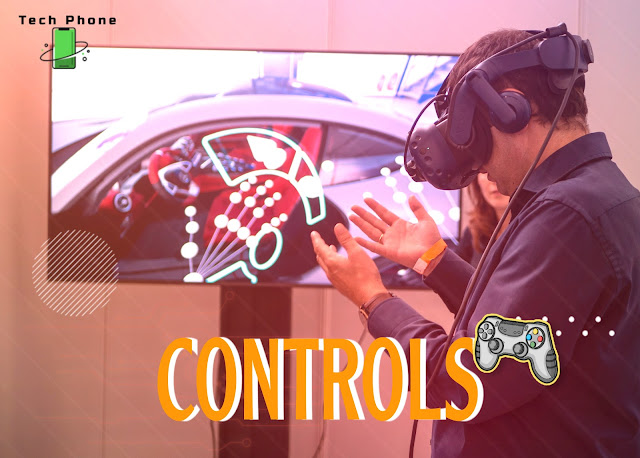
Comments
Post a Comment